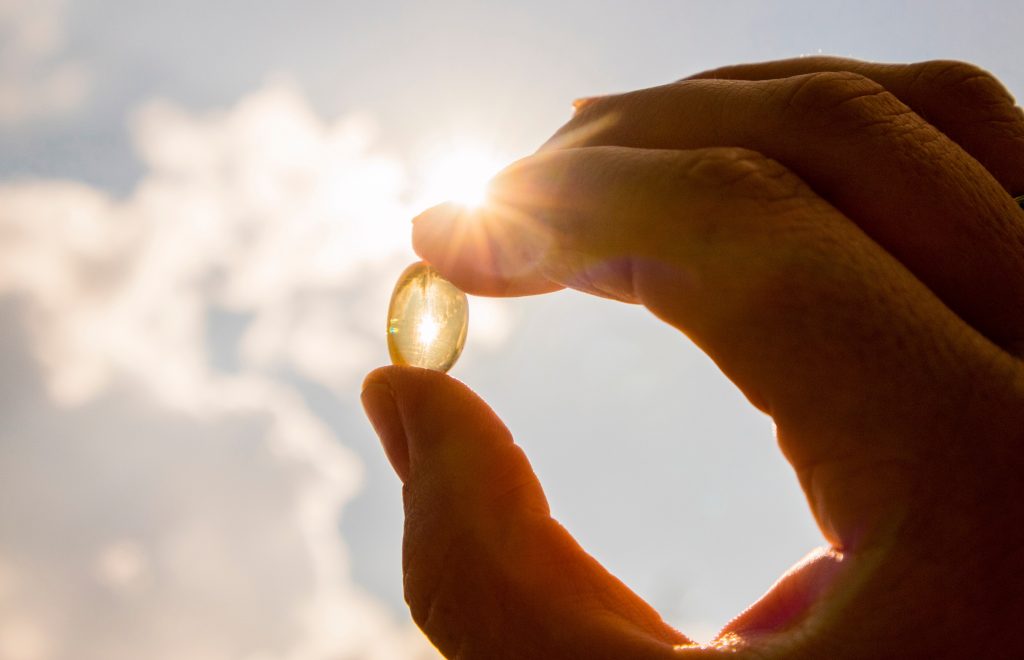If you’ve been keeping up with the latest COVID-19 news–it’s pretty hard to avoid but it’s also important to be in the know!–you may be noticing more and more talk about vitamin D. We do know vitamin D plays a role in protecting you against serious disease and supporting your immune system, and it may help protect people from contracting COVID-19 and becoming seriously ill if they do catch it. However, it’s important to note that it is, of course, not a “cure-all.”
A recent study published in the FEBS Journal is another piece of evidence that demonstrates a person’s plasma levels of vitamin D may indicate COVID-19 infection and hospitalization risk (https://febs.onlinelibrary.wiley.com/doi/10.1111/febs.15495). In this study, researchers examined 14,000 members from the same health service who were tested for COVID-19 between the first of February and the end of April. In this study, they labeled low or suboptimal levels of plasma as being under 30 nanograms per milliliter. In the study group overall, 10.1 percent were positive for COVID-19 and 89.9 percent tested negative.
According to the study data, the mean vitamin D plasma level in the people who tested positive was far lower than in the people who tested negative. Those who had a low plasma level had a higher likelihood of hospitalization and infection. In addition, this study showed some other conditions that raised the infection risk, including being male, over the age of 49 and having a low to medium status socioeconomically. People aged 50 and over had a higher hospitalization risk. However, as noted by the study leader, Dr. Eugene Merzon, the main finding was that low levels of vitamin D plasma were associated with a COVID-19 infection risk, even when the researchers adjusted for age, gender, other health disorders and socioeconomic status. As noted by Dr. Merzon, lower vitamin D levels were also linked to a higher risk of hospitalization with COVID-19, although this link wasn’t significant once the researchers adjusted for those other factors.
Many people in the US are vitamin D deficient due to a lack of sun and diet. You can get more vitamin D by getting more sunlight and adjusting your diet to include vitamin D-rich foods such as fatty fish, cheese and egg yolks. Of course, you may not be able to get all of the vitamin D you need without supplementation. If you do supplement, be sure to stick to safe levels. High levels of vitamin D can cause serious health complications. Speak to your doctor about having a blood test for your levels so you can supplement safely.




